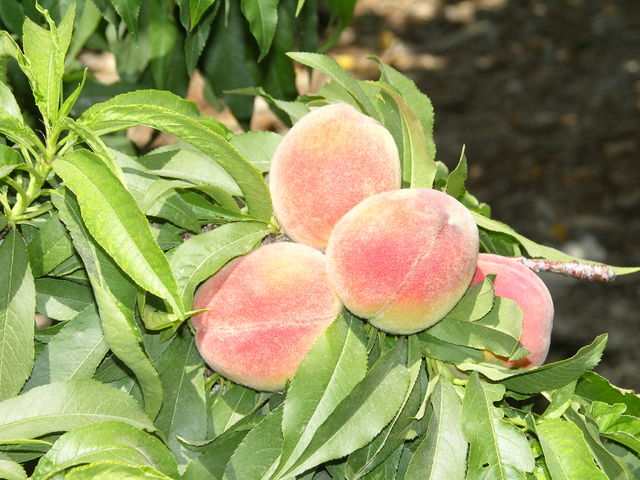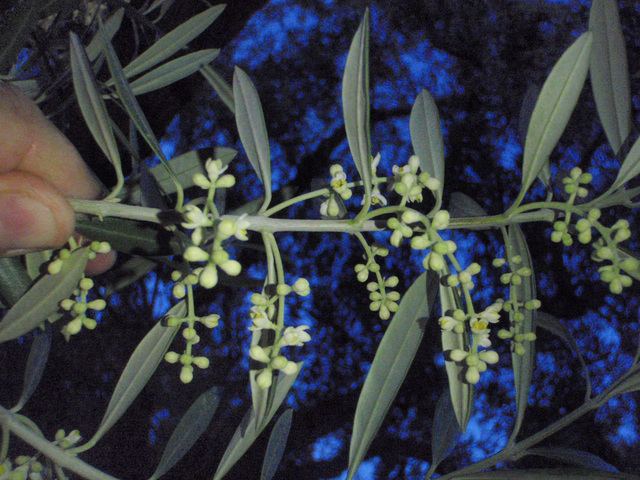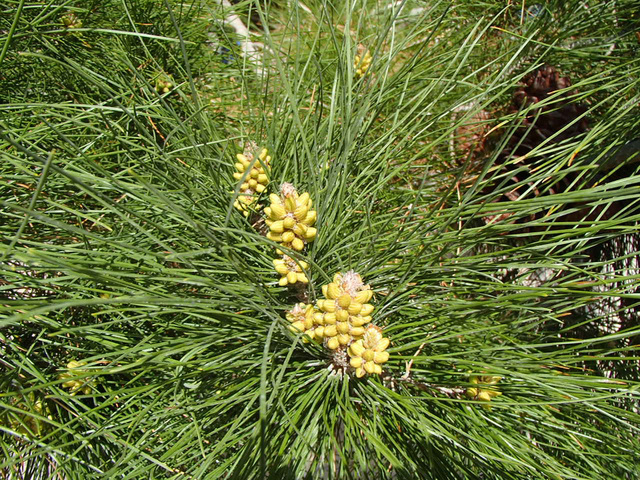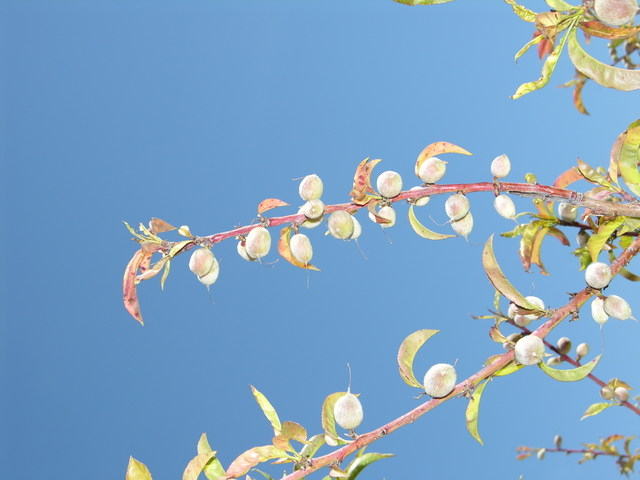Thin peach, nectarine trees to get larger fruit
Thin out peach and nectarines to produce larger fruit during the next two to three weeks. Thinning, or the removal of fruit by hand, is an important step in growing larger and higher-quality peaches and nectarines. Enough fruit is removed from the tree so that the remaining fruit gets larger. We typically target this fruit to reach the size of 3 to 4 inches in diameter.
I like to relate this concept to something we can all appreciate: money. If you have an income that does not get any bigger and you have a family, the larger the income then the more money you can spend on each individual in the family. If you have a dozen children, then each of the children receives less. If you have three children, then you can afford to spend more on each of those three children.
It is the same with the fruit tree. The income for the tree is the sunlight, water and nutrients taken from the soil. A tree that is 10 feet tall can only gather a certain amount of light, water and nutrients from the soil.
If the tree has 1,000 fruit on it, the fruit may be the size of a coin. But if the fruit is thinned so that only 200 fruit remain, then the fruit might be the size of a small ball. Early thinning of fruit is important to increase the size of the remaining fruit.
Remove enough peach and apricot fruit so that the remaining fruit is 4 inches apart. As you are thinning or removing the fruit, remove fruit that is damaged or deformed first. Keep fruit that hangs from the bottom of the branch rather than the top of the branch. It is harder for birds to peck fruit on the bottom of the branch than the top of the branch.
Q: I have a flowering plum which has a problem with loss of bark on the west side of the trunk. My yard faces south. What should I do?
A: This is borer damage to the trunk. It is common on flowering or ornamental plum. The giveaway was your clue that it was on the west side of a south facing yard. The hot side.
Your picture was extremely helpful but the other thing that keyed me in was that you said it was on the west side of the trunk. This is the side of the trunk getting very hot in the late afternoon.
Heating up on this side leads to sun damage. Sun damage to the trunk attracts boring insects. They like to lay their eggs on these kinds of damaged sites.
Since you are not eating the fruit of this tree, you can apply a liquid soil drench insecticide. This product comes in several trade names so I cannot list them all but the key chemical ingredient is Imidacloprid. This will be listed in the active ingredients.
Follow the label directions and apply after the tree finishes blooming. Take a clean knife and clean up the damaged area and let it heal. You do not need to apply a pruning paint to the wound. Just make sure the wound is free of any loose bark.
Q: I have a lemon and a lime tree in my yard. For several years now they have only produced one lemon and one lime. I was told the birds are probably eating the blossoms but I never see any signs of birds in the yard. Can birds be the cause for only one lemon and one lime in two years?
A: I have heard that before from some people who have citrus, but I have never seen it. I think it is anecdotal. Some flowers are sweet and, if there is nothing else available, perhaps they might eat them but not when other food is plentiful.
The reports I have seen point mostly at sparrows or finches as the culprits. To be sure, you would have to catch them in the act. The only solution I know is bird netting or giving them a chance to eat food they would prefer.
The usual problem with lack of production is freezing weather soon after or during bloom, even before bloom. Flowers, flower buds and young fruit cannot withstand temperatures below freezing while the tree may not have any damage at temperatures slightly below freezing (lime) or the low 20s (most lemons).
Another possibility is irregular watering, particularly in the spring and summer months when plants require more frequent watering. Increase the times you water during the April and May months.
Use a surface mulch on the soil around the tree to retain moisture around the roots.
Q: Is there anything to stop or suppress flowering of a palo verde tree? My wife is allergic to the pollen and unless I can mitigate its effects, I guess it’s gone.
A: You are hitting on a very important topic as we convert our landscapes into water-conserving desert landscapes. Before the conversion of landscapes from traditional to desert landscapes, the three biggest problem trees for allergy sufferers were mulberry, pine and olive.
Female mulberries produce only fruit. Male mulberries produce only pollen. Years ago fruitless (male) mulberry was planted because it was a great shade tree for the desert, water for landscapes was abundant and the male tree produced only pollen. Female mulberry trees made a mess on cars and sidewalks, and birds who ate the fruit dropped it everywhere.
Pine trees and olives were different. They also produced allergenic pollen, but pollen and fruit were produced on the same tree; male and female trees were not separate from each other. Fruitless (and flowerless) olive was discovered, promoted and adopted as the only olive tree which could be planted in major urban centers like Las Vegas because it produced no flowers and hence no pollen.
Palo verde produces allergenic pollen on flowers that are both male and female in the same flower. Comparing them to the above three trees, they are more similar to olive than pine or mulberry. There are no flowerless palo verde, unlike the olive.
Olive fruit can sometimes be prevented by spraying the tree with a product like Florel Fruit Eliminator. This product also controls the fruiting of several ornamental plants (and sometimes the flowers) when applied just before bloom. Depending on your palo verde, flowering will probably be in April or May in our Las Vegas climate.
Bob Morris is a horticulture expert living in Las Vegas and professor emeritus for the University of Nevada. Visit his blog at xtremehorticulture.blogspot.com. Send questions to Extremehort@aol.com.































